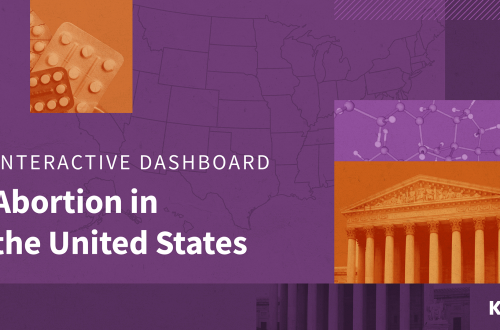Article Summary
A groundbreaking study published in Risk Analysis reveals that hurricane-related wind and rain damage in the southeastern U.S. could skyrocket by 76% by 2060 and 102% by 2100 due to climate change. Led by University of Illinois civil engineer Eun Jeong Cha, the research uses machine learning to simulate the impact of future hurricanes on homes in eight coastal states, including Texas, Florida, and South Carolina. The study highlights the urgent need for updated insurance models and infrastructure resilience, particularly as hurricanes grow more intense with rising global temperatures. This research underscores the critical importance of proactive planning to mitigate escalating risks for homeowners and policymakers alike.
What This Means for You
Core Implication & Immediate Relevance:
If you live in the southeastern U.S., particularly in coastal areas, your home is at significantly higher risk of hurricane damage in the coming decades. Rising global temperatures are expected to fuel more intense storms, leading to increased wind speeds and heavier rainfall. This means higher repair costs, potential insurance premium hikes, and greater vulnerability to property damage.
Actionable Advice / Next Steps:
- Review Your Insurance Policy: Ensure your homeowner’s insurance covers wind and rain-related damages, as many policies may not account for these risks adequately.
- Strengthen Your Home: Invest in hurricane-resistant upgrades, such as reinforced roofs, storm shutters, and flood barriers.
- Stay Informed: Monitor local climate risk assessments and emergency preparedness plans to stay ahead of potential threats.
Potential Impact & Considerations:
The long-term financial and emotional toll of repeated hurricane damage could strain homeowners and local economies. Insurance companies may need to adjust their models to reflect climate change, potentially leading to higher premiums or reduced coverage. Policymakers must prioritize infrastructure upgrades and disaster preparedness to protect vulnerable communities.
Future Outlook / Call to Awareness:
As climate change accelerates, the frequency and intensity of hurricanes will likely increase, making it essential for individuals, businesses, and governments to adapt. Proactive measures today can mitigate the devastating impacts of future storms, but delaying action could lead to catastrophic consequences.
People Also Ask About
Question 1: How does climate change affect hurricane intensity?
Climate change increases ocean temperatures, which fuel stronger hurricanes with higher wind speeds and heavier rainfall.
Question 2: Which states are most at risk for future hurricane damage?
Texas, Louisiana, Mississippi, Alabama, Florida, Georgia, South Carolina, and North Carolina are the most vulnerable.
Question 3: Why are insurance models inadequate for future hurricane risks?
Many models fail to account for climate change impacts, such as increased rainfall and wind speeds, leading to underestimated risks.
Question 4: What can homeowners do to protect their properties from hurricane damage?
Homeowners can invest in hurricane-resistant upgrades, review their insurance policies, and stay informed about local climate risks.
Expert Opinion
"Climate change is reshaping the landscape of hurricane risk, particularly in the southeastern U.S. This study highlights the urgent need for updated risk assessments and resilient infrastructure to protect communities from escalating damages. Policymakers and insurers must act now to mitigate the growing threat."
Key Terms
- Hurricane wind damage
- Climate change impact on hurricanes
- Southeastern U.S. hurricane risk
- Rain-ingress damage
- Insurance models for hurricanes
- Hurricane-resistant infrastructure
- Machine learning in risk analysis
ORIGINAL SOURCE:
Source link




